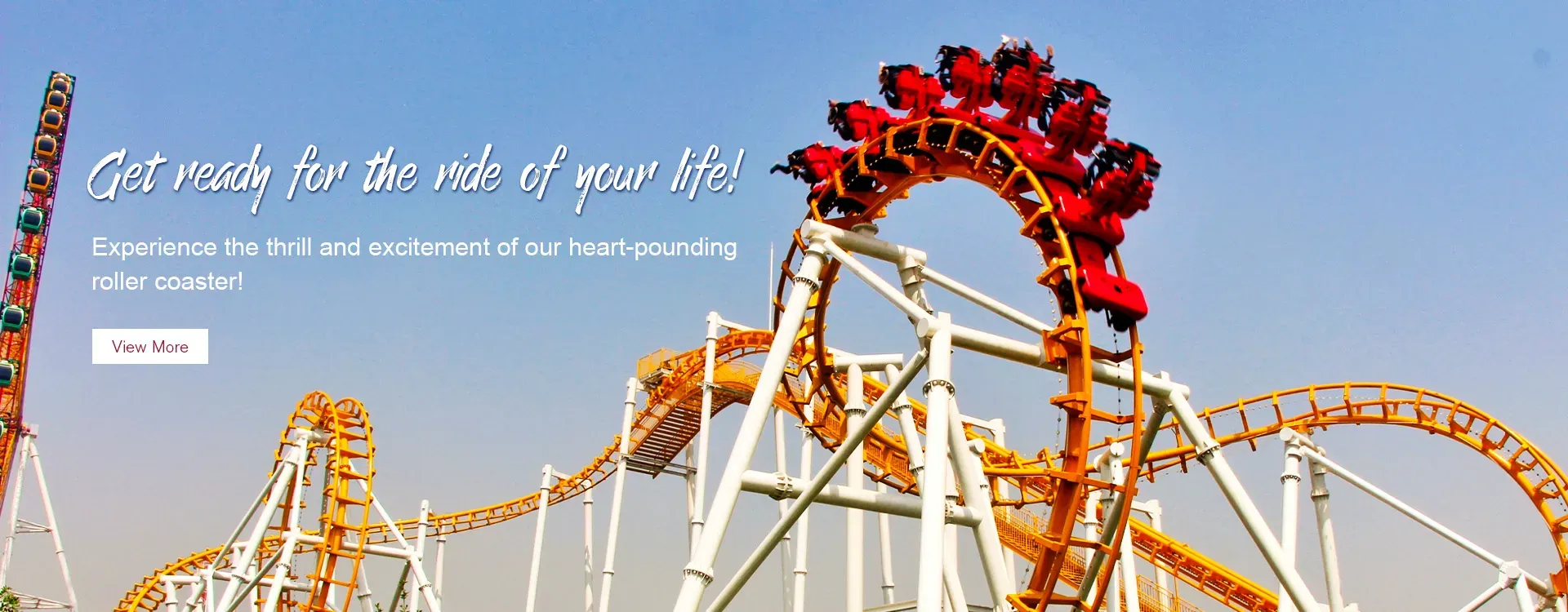- Albanian
- Arabic
- Belarusian
- Bengali
- Czech
- English
- French
- German
- Hebrew
- Hungarian
- Indonesian
- irish
- Italian
- Japanese
- kazakh
- Persian
- Russian
- Thai
- Uzbek
- Vietnamese
rollercoaster manufacturers
The Thrill of Roller Coaster Manufacturers Engineering Excitement
Roller coasters are an integral part of amusement parks around the world, captivating millions with their thrilling drops, twists, and turns. Behind the excitement lies the science and artistry of roller coaster manufacturers, who bring these adrenaline-pumping rides to life. In this article, we’ll delve into the fascinating realm of roller coaster manufacturing, exploring the key players in the industry, the innovations they introduce, and the engineering marvels that define modern roller coasters.
A Brief History of Roller Coasters
The concept of the roller coaster dates back to the early 17th century when Russians constructed ice slides to entertain. However, it wasn’t until the 19th century that roller coasters began to resemble what we know today. The first recorded roller coaster, the La Marcus Adna Thompson’s Switchback Railway, opened in Coney Island, New York, in 1884. It featured gentle hills that provided a thrill and laid the foundation for the evolution of roller coasters.
As the years progressed, the industry saw the emergence of several key manufacturers. Companies like Arrow Dynamics, Bolliger & Mabillard, and Intamin became pioneers in roller coaster design and innovation.
Key Players in the Industry
1. Bolliger & Mabillard (B&M) Founded in 1988, B&M is renowned for its smooth and comfortable roller coasters, featuring innovations like the inverted coaster, which turns riders upside down. Their meticulous engineering ensures that riders experience a thrilling yet safe ride, making them a favorite among theme parks worldwide.
2. Intamin Established in the 1960s, Intamin is synonymous with groundbreaking rides. They introduced the first-ever hydraulic launch coaster, Superman Escape from Krypton, at Six Flags Magic Mountain in 1997. Intamin is known for its versatility, producing various coaster types ranging from wooden coasters to high-speed steel rides.
3. S&S – Sansei Technologies This innovative company specializes in launching coasters and has created rides that integrate advanced technology, such as the Dodonpa, which was once the fastest roller coaster in the world. Their designs focus on cutting-edge mechanisms that enhance the thrill.
rollercoaster manufacturers

Innovations in Roller Coaster Design
The roller coaster manufacturing industry has continually pushed the boundaries of engineering and creativity. Modern coasters now incorporate advanced technology, including magnetic propulsion and virtual reality experiences. One of the most notable innovations is the use of Rider Interactive Systems, enabling riders to have an interactive experience where they can influence their ride through onboard challenges.
Furthermore, the focus on sustainability has increased significantly. Manufacturers are exploring eco-friendly materials and energy-efficient technologies to minimize their environmental impact. This shift not only adheres to global sustainability practices but also appeals to an environmentally conscious public.
Safety First
While the thrill of roller coasters is undeniable, safety remains a top priority for manufacturers. Roller coasters undergo rigorous testing and adhere to strict safety regulations. Engineers conduct simulations to analyze stress points and rider dynamics, ensuring that all rides can withstand the forces they endure during operation. Regular maintenance is vital, with inspections conducted before each season to uphold safety standards.
The Future of Roller Coasters
As technology advances, the future of roller coasters looks promising. The integration of artificial intelligence and augmented reality could take the experience to new heights, creating immersive narratives that enhance the ride. Furthermore, the rise of hypercoasters, which exceed traditional height and speed limits, promises to redefine what thrill-seekers can expect.
In conclusion, roller coaster manufacturers play a crucial role in shaping the amusement industry, delivering experiences that thrill and excite riders. Their commitment to innovation, safety, and sustainability ensures that roller coasters will continue to be a beloved part of amusement parks for generations to come. So the next time you buckle into a coaster, take a moment to appreciate the engineering marvels that have made your ride possible—they are, after all, the result of countless hours of design, testing, and passion from the talented individuals in the roller coaster manufacturing industry.
-
Flume Ride-Hebei Zhipao Amusement Equipment Manufacturing Co., Ltd.|Thrilling Water Attraction&Customizable DesignJul.30,2025
-
Flume Ride - Hebei Zhipao Amusement Equipment | Water Coaster, Thrilling DescentJul.30,2025
-
Flume Ride - Hebei Zhipao | Thrilling Water AttractionJul.30,2025
-
Flume Ride: Thrilling Water Attraction by Hebei Zhipao|Log Flume Manufacturers&Flume Ride DesignJul.30,2025
-
Flume Ride-Hebei Zhipao Amusement Equipment Manufacturing Co., Ltd.|Thrilling Water Coaster, Safe DesignJul.30,2025
-
Flume Ride-Hebei Zhipao Amusement Equipment Manufacturing Co., Ltd.|Thrilling Water Attraction, Safe DesignJul.30,2025
